- Product
- Solution for
For Your Industry
- Plans & Pricing
- Company
- Resources
For Your Industry
Imagine a retail world where you can anticipate customer needs before they even arise, optimize stock levels to avoid costly shortages, and personalize marketing campaigns for maximum impact. This is the power of predictive analytics, a revolutionary technology rapidly transforming the retail landscape. By leveraging historical data, retailers can unlock a treasure trove of insights, forecasting future trends, customer behaviors, and potential market shifts. This empowers them to shift from a reactive stance to a proactive one, shaping their strategies for success in a dynamic marketplace.

At its core, predictive analytics is a sophisticated blend of data, statistical algorithms, and machine learning. This powerful combination allows retailers to analyze vast amounts of historical information and identify patterns that can predict future outcomes. These might include:
By analyzing past purchase behavior, demographics, and loyalty program data, retailers can identify high-value customers and tailor marketing efforts accordingly.
Predictive analytics helps anticipate fluctuations in demand for specific products across different regions. This allows for optimized inventory management, preventing stockouts and overstocking.
Imagine suggesting complementary items to customers based on their past purchases and browsing behavior. Predictive analytics makes this possible, leading to increased sales and customer satisfaction.
The potential benefits of implementing predictive analytics in retail are extensive. Here are some key areas where it can create a significant impact:
By anticipating customer needs and tailoring product offerings accordingly, retailers can drive sales and increase revenue. They can also leverage insights to identify buying trends and capitalize on seasonal or opportunistic promotions before competitors.
Personalized marketing campaigns and optimized product recommendations lead to a more satisfying shopping experience for customers, fostering loyalty and repeat business. This becomes even more crucial in a competitive landscape where customer experience is a key differentiator.
Predictive analytics helps maintain optimal stock levels, reducing the risk of stockouts and the associated loss of sales. Additionally, it minimizes the need for excessive storage space and associated costs. This allows retailers to be more agile and adaptable to meet changing customer demands, giving them an edge over competitors who may struggle with stock issues.
Data-driven insights can optimize logistics, staffing, and pricing strategies, leading to a more efficient and streamlined operation. This translates to cost savings and allows retailers to allocate resources more effectively, freeing up capital to invest in further growth opportunities.

In today’s cutthroat retail environment, competition is fierce. Predictive analytics empowers retailers to stay ahead of the curve by:
By analyzing competitor data, retailers can uncover emerging trends and anticipate customer needs before their rivals. This allows them to be the first movers in introducing new products or services, grabbing market share and establishing brand dominance.
Predictive analytics can help identify the optimal price points for different products and customer segments. This ensures retailers remain competitive while maximizing profitability. They can also use real-time data to implement dynamic pricing strategies, adjusting prices based on factors like competitor pricing and local market conditions.
By predicting customer behavior and preferences, retailers can create highly targeted marketing campaigns that resonate with specific demographics. This ensures they are spending their marketing budgets more effectively, reaching the right audience at the right time with the right message.
While the potential rewards are significant, implementing predictive analytics also comes with challenges. Here are two main considerations:
For maximum impact, predictive analytics needs to be seamlessly integrated into your overall retail strategy. Here’s how to achieve this:
Team Training: Empower your team members to understand and interpret the insights generated by predictive analytics. This will allow them to make informed decisions based on the data.
Model Maintenance: The retail landscape is constantly evolving. To ensure the accuracy of your predictions, continuously evaluate and adjust your models as market conditions change.
Focus on Business Goals: Clearly define your business goals before implementing predictive analytics.
Predictive analytics is no longer a futuristic concept; it’s a powerful tool that can revolutionize your retail business today. By adopting a proactive approach, you can gain a deeper understanding of your customers, optimize inventory management, personalize marketing efforts, and ultimately achieve a significant competitive edge. Embrace the power of data and unlock the future of retail success.
tgndata’s platform includes advanced analytics designed specifically for the retail industry. These analytics help companies anticipate market trends and make data-driven decisions that enhance retail execution. With tgndata, businesses can transform vast amounts of data into actionable insights, optimizing their operations and ensuring they are always one step ahead of the competition.
Predictive analytics can benefit businesses of all sizes in the retail industry. However, the complexity of the implementation will vary depending on the size and specific needs of your business.
A variety of data points can be used for predictive analytics in retail, including competition pricing data, competition historical pricing data, sales history, customer demographics, website traffic data, social media sentiment, and point-of-sale (POS) data.
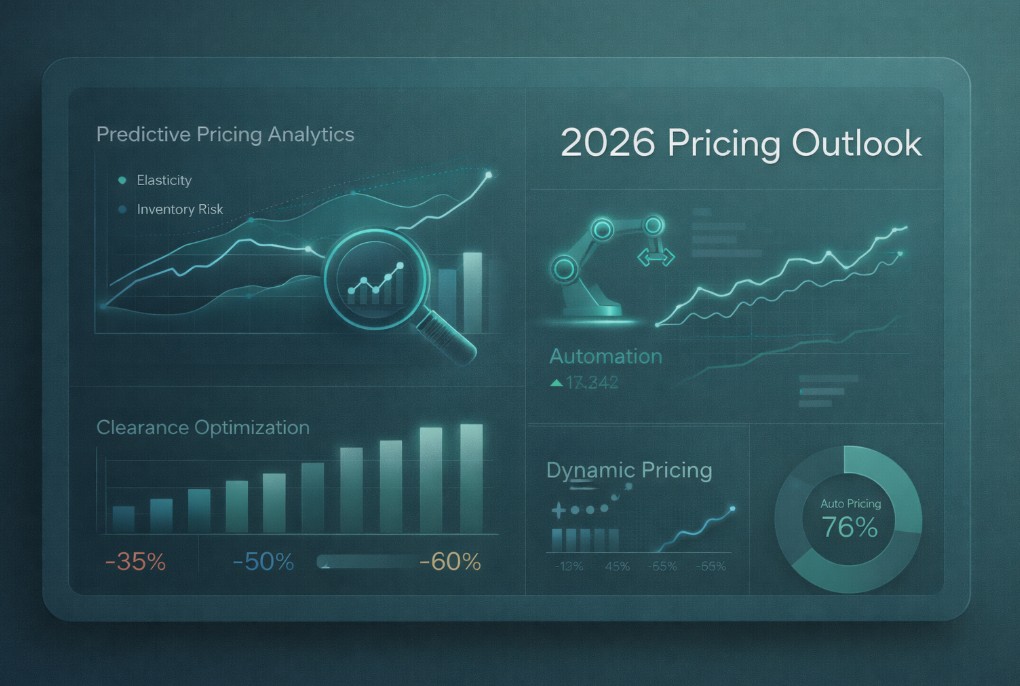

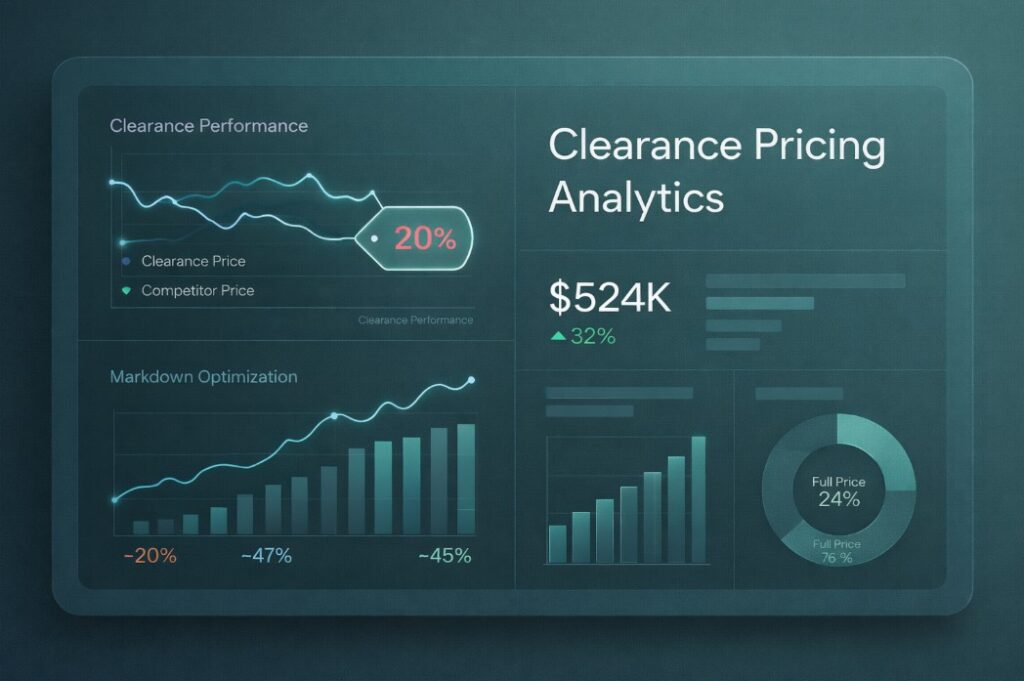
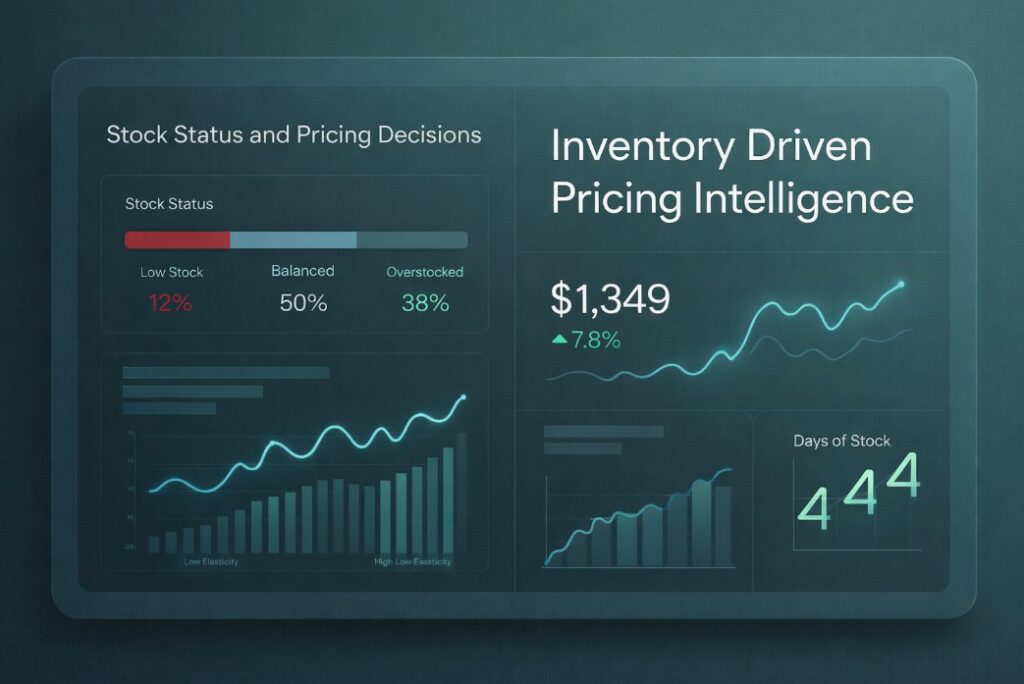
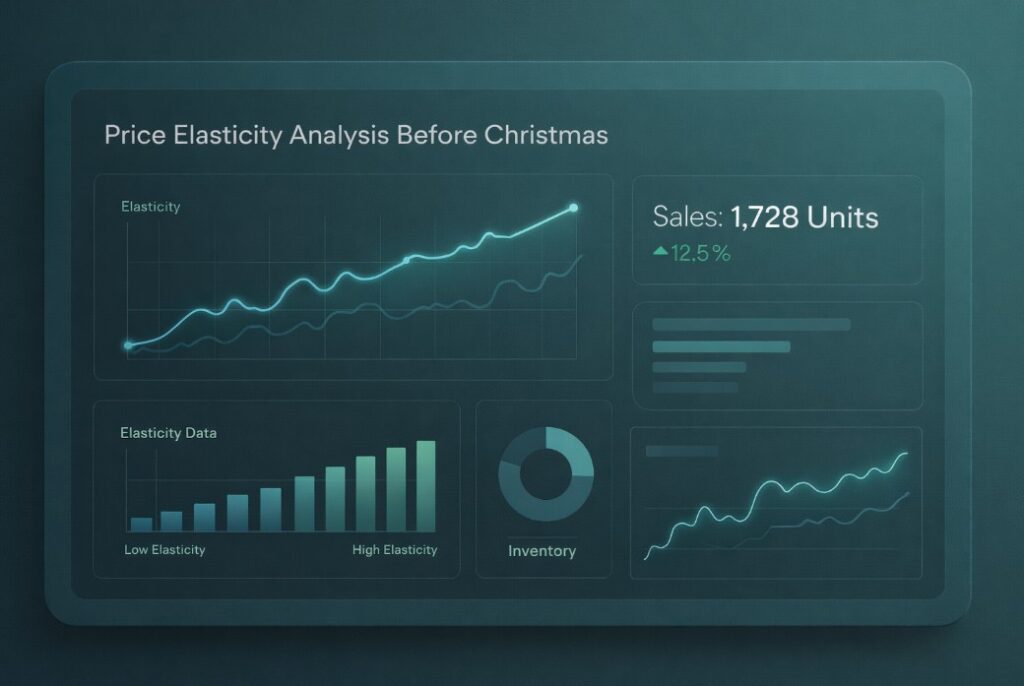
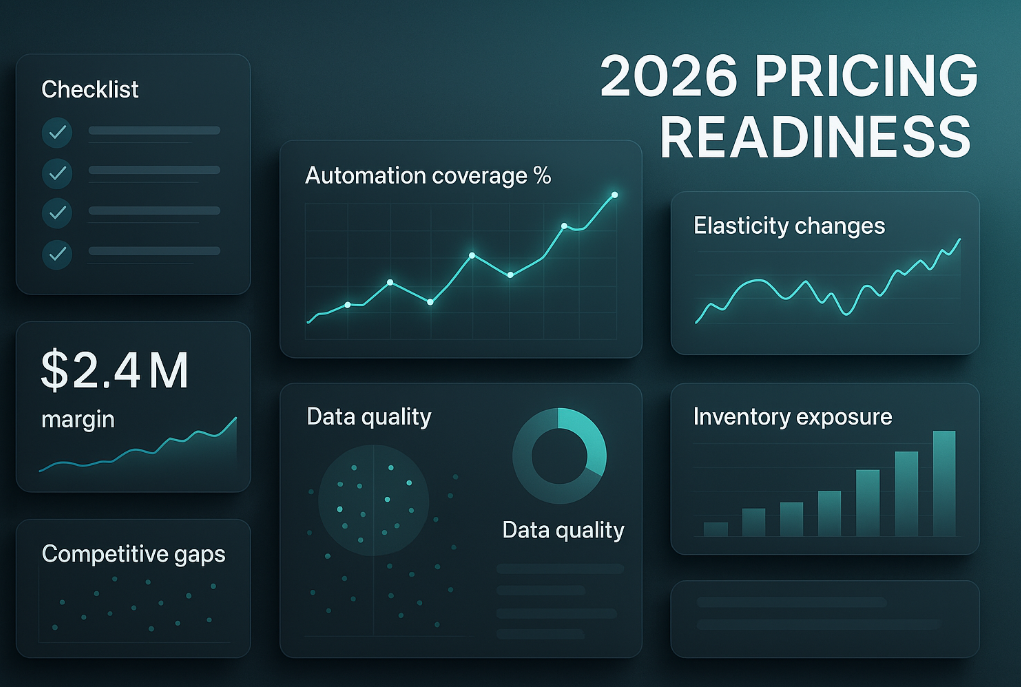
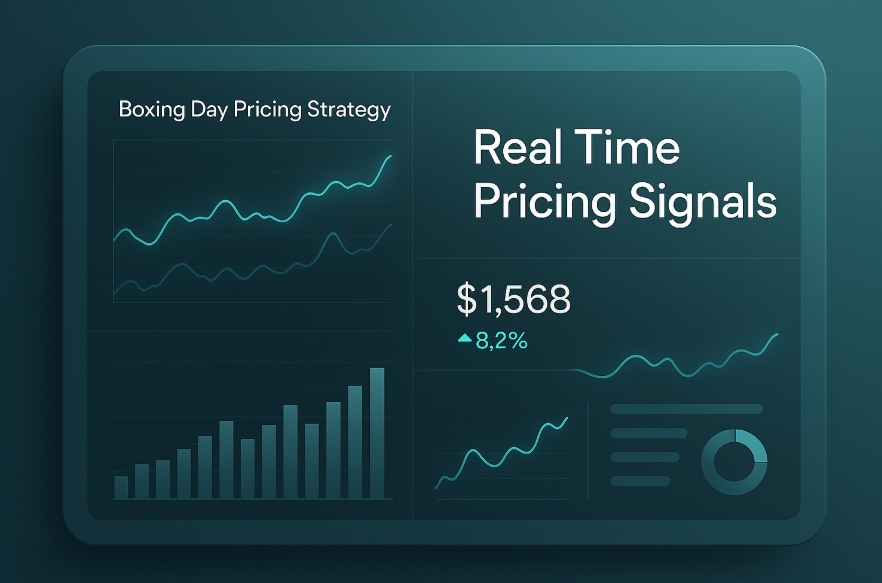
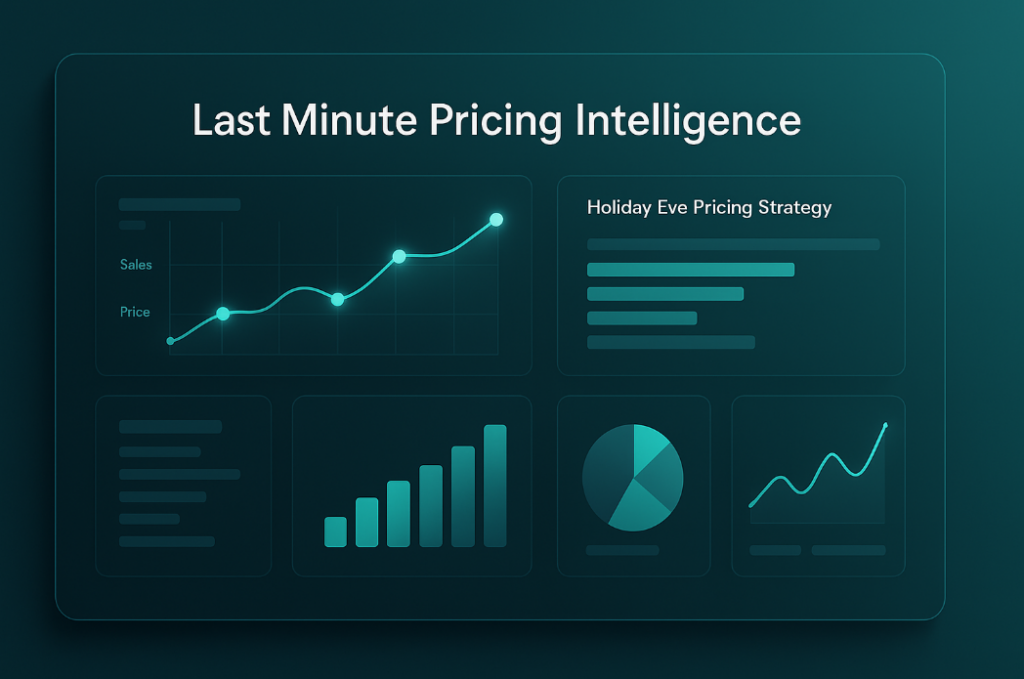

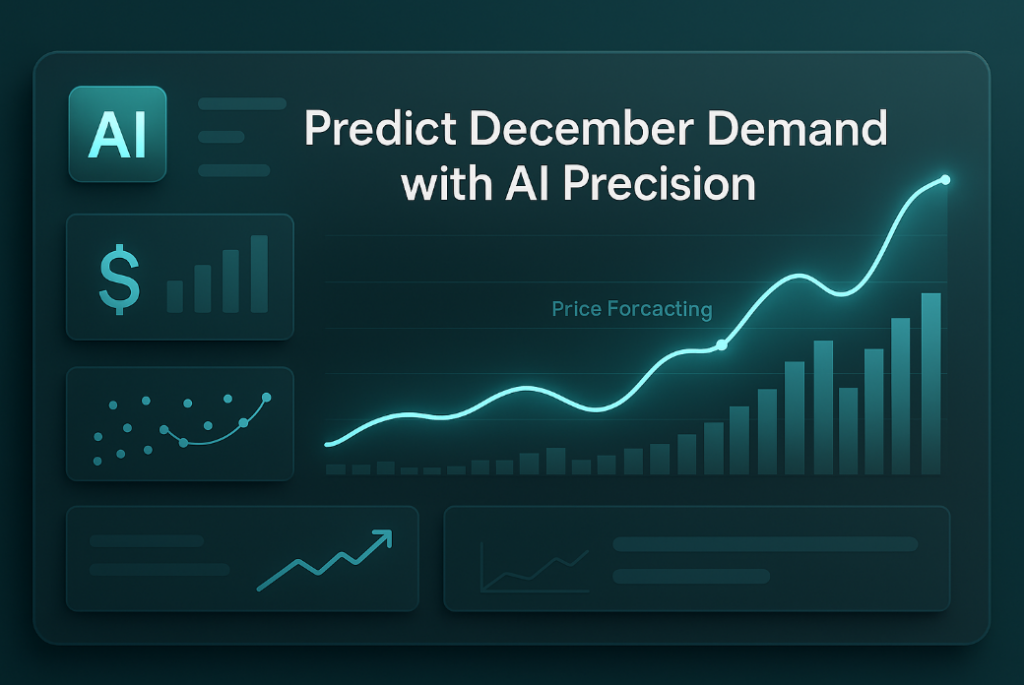






Missing an important marketplace?
Send us your request to add it!